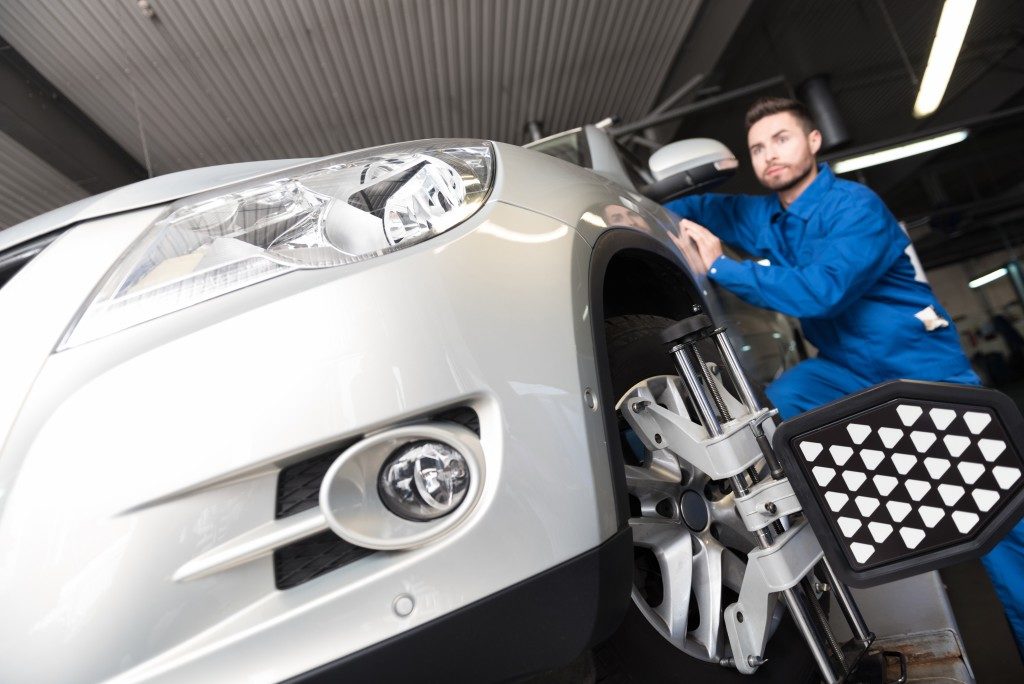Owning a car is a responsibility, and keeping it in top condition is essential. People often forget that their vehicles need regular servicing from car specialists. If they want to experience the sheer driving pleasure of an “American Muscle,” “Japanese Pocket-Rocket,” or “European Royalty,” drivers need to follow their car’s Preventive Maintenance Schedule or PMS.
Routine maintenance is necessary if you want your vehicle to perform at its best and keep you safe on the road. Here is the process for preventive maintenance and why you shouldn’t skip it.
Preventive Maintenance Basics
Not all vehicles are created equal, and their service depends on their manufacturer and year model. Some only require a routine 21-point inspection with services, while others need more scrutiny under their hoods. For electric-hybrid cars, specially trained service technicians are required. Bring them to the nearest dealership for PMS.
During PMS, here are the parts routinely inspected and replaced:
Oil
Don’t wait for your dashboard to remind you of a “Change Oil” light before having your vehicle serviced. Your car’s engine oil needs changing every 7,500 miles. During maintenance, the old oil is drained, and the engine is flushed to remove residue. This is to prevent contamination before pouring in new oil. The engine’s oil filter is also replaced to ensure that it can trap residue and protect your engine from it.
Exhaust system
A vehicle’s exhaust system is composed of the catalytic converter and muffler. The system is responsible for drawing out harmful exhaust fumes from the engine, making sure it runs smoothly. However, it can suffer from corrosion over time, especially for performance exhausts. Sydney car clubs recommend having the exhaust system serviced when undercarriage vibrations and loud noises are experienced. Don’t worry because routine maintenance can help prevent these problems.
Refill car fluids
Radiator coolant, brake and power steering fluid, and windshield wiper fluid are some of the essential fluids that need a refill during maintenance. Mechanics will inspect these and perform maintenance to make sure they are replaced.
Indicator lights

Vehicle lights are important because they warn other drivers if the vehicle is stopping, taking a turn, and lighting the road ahead. Dashboard indicator lights, headlights, and brake lights are inspected for issues, and busted lights are replaced immediately.
Tires and tread
Tires are also inspected during routine maintenance, including their treads. The tread’s depth is checked for uneven wear, punctures on the sidewalls, inflation pressure. Tire rotation is also done based on the vehicle’s age and tread wear.
Suspension and brake system
Both the brake and suspension system are essential parts of any vehicle. The suspension system helps the driver control the vehicles steering, brake power, and handle while driving. Brakes, on the other hand, make sure that the car will stop if needed. These vital systems are checked during the maintenance process. Worn-out parts such as rubber bushings and brake pads are replaced. These steps are necessary to ensure road safety for both passengers and drivers.
Why preventive maintenance is important
Preventive maintenance decreases maintenance costs while increasing a car’s reliability. Car owners are informed about their vehicle’s overall health. Also, a well-maintained car commands a higher value on the reseller market.
Routine vehicle maintenance will help you avoid costly repairs in the future. Take good care of your vehicle because it will take you to your destination safely.

